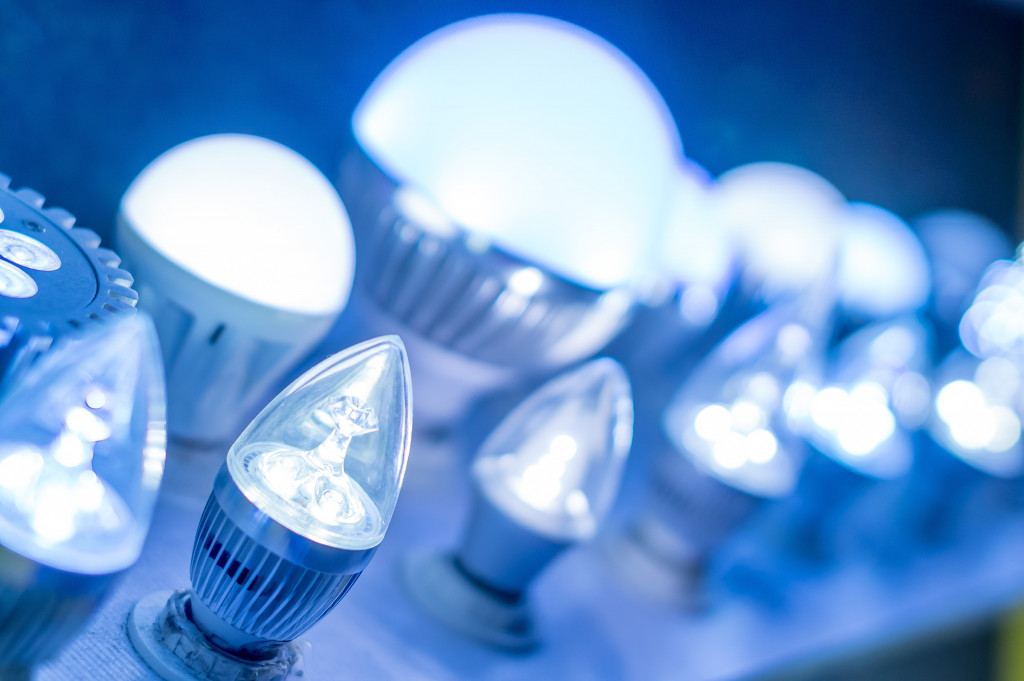Wasted energy not only costs you money, but it also takes a toll on the environment. The good news is that there are many things you can do to make your home more energy efficient and save money at the same time.
1. Get an Energy Audit
One of the best ways to find out how to make your home more energy efficient is to get an energy audit. An energy audit is an assessment of your home’s energy use. A professional will come to your home and look at how well your home is insulated and whether or not your appliances are up to date. They will also check for air leaks and drafty windows.
After the assessment, you will receive a report with recommendations on making your home more energy efficient. Many utility companies offer free or discounted energy audits, so check with yours to see if they have any programs available.
2. Make Some Simple Improvements
There are many simple changes you can make to save energy and money. One of the easiest things you can do is switch all of the light bulbs in your home from traditional incandescent bulbs to LED bulbs. LED bulbs use less electricity than incandescent bulbs and last much longer—upwards of 25 times longer. Plus, LEDs provide better lighting quality than incandescents, so it’s a win-win all around.
Another easy change you can make is to install low-flow showerheads and faucet aerators in your bathroom and kitchen sink faucets, respectively. These fixtures use less water than standard ones, so you’ll save water (and money) every time you turn them on.
Also, if you don’t already have a programmable thermostat, now is the time to get one. A programmable thermostat allows you to automatically adjust the temperature in your home based on whether anyone is home or not. For example, you can set it to lower the temperature when everyone is at work or school during the day. Then, you can raise it again when someone gets home, so you’re not wasting money heating or cooling an empty house.
Finally, one last simple improvement you can make is to caulk and weatherstrip around your doors to prevent drafts from coming into your home.
3. Invest in Some Long-Term Improvements
If you’re looking for some bigger projects that will save more energy, then consider solar panels. Solar panels capture sunlight and convert it into electricity, which can then be used to power your home. This is a great way to save money on your energy bills while also helping the environment by reducing reliance on fossil fuels.
Also, one of the biggest sources of energy loss in any home is old, inefficient windows. If your windows are more than a few years old, chances are they’re not doing a very good job keeping the heat in during the winter or the cool air in the summer. As a result, your furnace and air conditioner must work overtime to maintain a comfortable temperature, driving your energy bills up.
Upgrading to new, energy-efficient windows can help solve this problem by providing a better barrier against the elements. Replacing old windows with new, double-paned windows will help keep heat in during winter and out during summer.

4. Get an Air-Source Heat Pump
What are air-source heat pumps? These are a type of mechanical heat pump that move heat between your home and the outside. In the winter, this heat is used to warm up your living space, and in the hotter months, it can cool your home down. Heat pumps are a great way to maintain a comfortable temperature in your home year-round while staying energy efficient.
There are numerous benefits that come with installing one of these. Perhaps the most obvious benefit is that heat pumps are highly efficient and can help you lower your energy usage. Additionally, air-source heat pumps are much better for the environment than traditional heating and cooling systems. They don’t release any harmful emissions into the atmosphere, which makes them a great option for those looking to reduce their carbon footprint.
Making your home more energy efficient has many benefits—it can save you money, help the environment, and even make your home more comfortable! If you’re not sure where to start, try getting an energy audit or making some simple improvements, like switching out light bulbs or caulking around windows and doors. For bigger projects, consider solar panels or a new air source heat pump. No matter what changes you make, even small ones can have a big impact in the long run!
